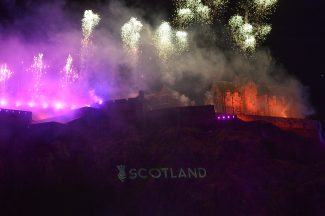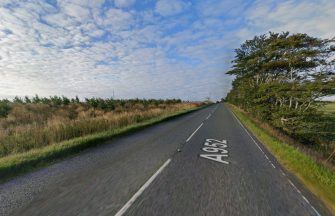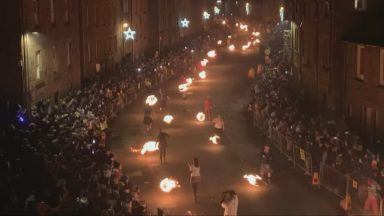Archaeologists have unearthed a rare Pictish symbol stone which could date back to the fifth or sixth century.
The team, from the University of Aberdeen, hit upon the 1.7 metre-long stone in a farmer’s field near Forfar while conducting geophysical surveys in an attempt to build a greater understanding of the Pictish landscape of Aberlemno.
The stone is thought to date back to around the fifth or sixth century and appears to be carved with evidence of abstract Pictish symbols including triple ovals, a comb and mirror, a crescent and V rod, and double discs.
Scientists hope the stone, which is one of only 200 around, will help make a significant contribution to understanding the significance of Aberlemno to the Picts.
The discovery has now been moved to Graciela Ainsworth conservation lab in Edinburgh where more analysis will take place.
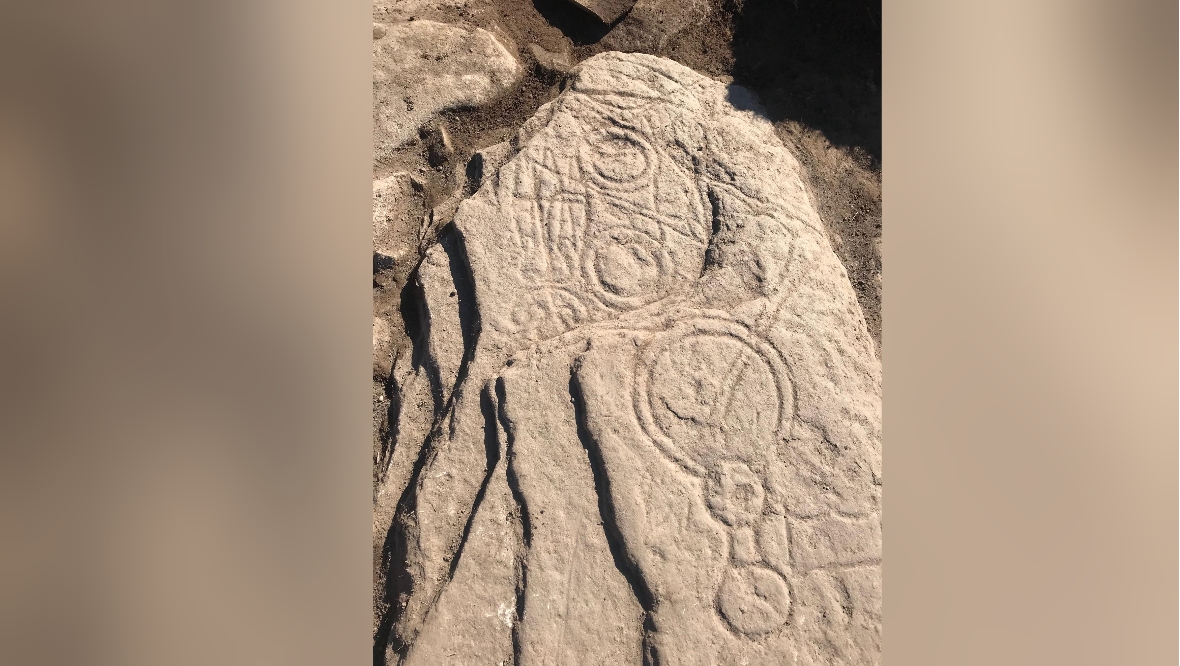 Supplied
SuppliedProfessor Gordon Noble says stumbling upon a stone as part of an archaeological dig is “absolutely remarkable”.
He said: “Here at the University of Aberdeen we’ve been leading Pictish research for the last decade but none of us have ever found a symbol stone before.
“There are only around 200 of these monuments known. They are occasionally dug up by farmers ploughing fields or during the course of road building but by the time we get to analyse them, much of what surrounds them has already been disturbed.
“To come across something like this while digging one small test pit is absolutely remarkable and none of us could quite believe our luck.
“The benefits of making a find in this way are that we can do much more detailed work in regard to the context. We can examine and date the layers underneath it and extract much more detailed information without losing vital evidence.”
Research fellow Dr James O’Driscoll, who initially discovered the stone, said: “We thought we’d just uncover a little bit more before we headed off for the day. We suddenly saw a symbol.
“There was lots of screaming. Then we found more symbols and there was more screaming and a little bit of crying.
“It’s a feeling that I’ll probably never have again on an archaeological site. It’s a find of that scale.”
Bruce Mann, Aberdeenshire Council Archaeologist, said: “We have been providing a service to Angus Council for many years and I can say this is one of the most important discoveries made in the area in the last thirty years.
“To find prehistoric rock art re-used in the floor of this building would be exciting in its own right, but to have the Pictish symbol stone as well is just amazing.”
The Picts were a confederation of Celtic-speaking communities who lived in the east and north of Scotland during the Late British Iron Age and Early Medieval periods.
Follow STV News on WhatsApp
Scan the QR code on your mobile device for all the latest news from around the country


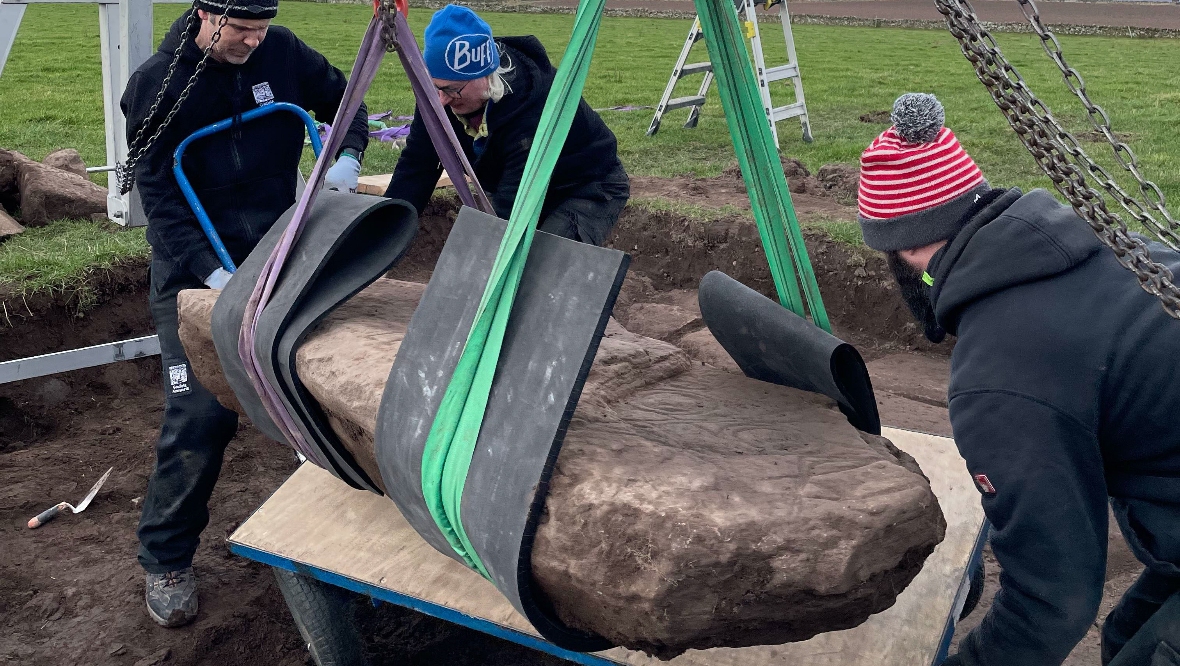 Supplied
Supplied







